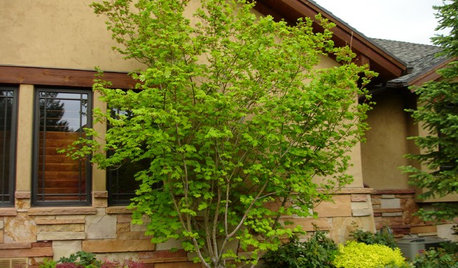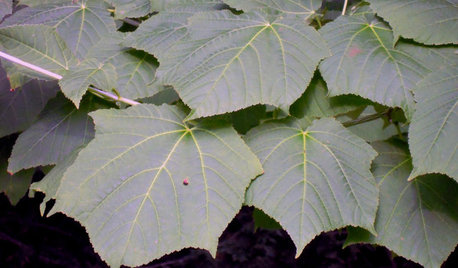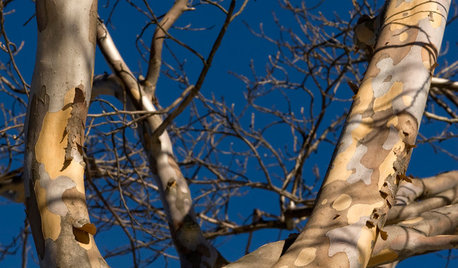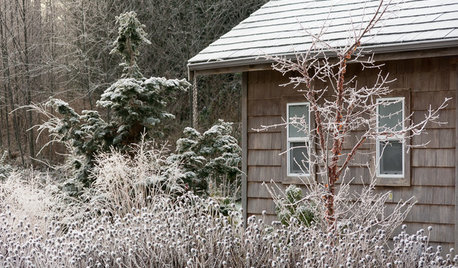Interesting (to me) maple graft and Acer compatibilities
pteroceltis
16 years ago
Featured Answer
Sort by:Oldest
Comments (12)
averbisadverbera
16 years agolast modified: 9 years agopteroceltis
15 years agolast modified: 9 years agoRelated Professionals
Norfolk Landscape Architects & Landscape Designers · West Milford Landscape Architects & Landscape Designers · Hershey Landscape Architects & Landscape Designers · Saint Louis Park Landscape Architects & Landscape Designers · Cincinnati Landscape Contractors · East Haven Landscape Contractors · Farmington Landscape Contractors · Golden Landscape Contractors · Munster Landscape Contractors · Rancho Santa Margarita Landscape Contractors · Brooklyn Fence Contractors · Fort Lauderdale Fence Contractors · Hutto Fence Contractors · Maynard Fence Contractors · Salt Lake City Fence Contractorseric_griseum
15 years agolast modified: 9 years agokaitain4
15 years agolast modified: 9 years agoeric_griseum
15 years agolast modified: 9 years agokaitain4
15 years agolast modified: 9 years agopteroceltis
15 years agolast modified: 9 years agoLlanwenlys
12 years agolast modified: 9 years agobuckeye15
12 years agolast modified: 9 years agopteroceltis
12 years agolast modified: 9 years agobuckeye15
12 years agolast modified: 9 years ago
Related Stories

GARDENING GUIDES12 Japanese Maples for a Sunny Garden
The right maple in the right place shines in hot summer sun
Full Story
TREES11 Japanese Maples for Breathtaking Color and Form
With such a wide range to choose from, there’s a beautiful Japanese maple to suit almost any setting
Full Story
LANDSCAPE DESIGNGreat Design Plant: Vine Maple
Exciting year-round color and adaptability make this highly ornamental native small tree a top choice for home gardens
Full Story
GARDENING GUIDES5 Amazing Small Maple Trees
There's more to maples than syrup. Expand your maple milieu with any of these 5 small and unusual trees
Full Story
GARDENING GUIDES13 Japanese Maples for Shade
A surprising variety of these understory trees is waiting to make a statement in your shade garden
Full Story
TREESGreat Design Plant: Coral Bark Japanese Maple, a Winter Standout
Go for garden gusto during the chilly season with the fiery red stems of this unusual Japanese maple
Full Story
WINTER GARDENING8 Gorgeous Trees for Winter Interest in the Garden
Intriguing forms and beautiful branches take center stage when color heads back into the wings of the winter landscape
Full Story
SIDE YARD IDEASNarrow Trees for Tight Garden Spaces
Boost interest in a side yard or another space-challenged area with the fragrance and color of these columnar trees
Full Story
GARDENING GUIDESPlant Black Cherry Trees for the Birds and Bees
Plant Prunus serotina in the Central and Eastern U.S. for spring flowers, interesting bark and beautiful fall color
Full Story
WINTER GARDENINGLook Beyond Plants for a Wonderful Winter Garden
Use sculptures, fences and other structures to draw the eye to a bare-bones landscape
Full StorySponsored
More Discussions






pteroceltisOriginal Author